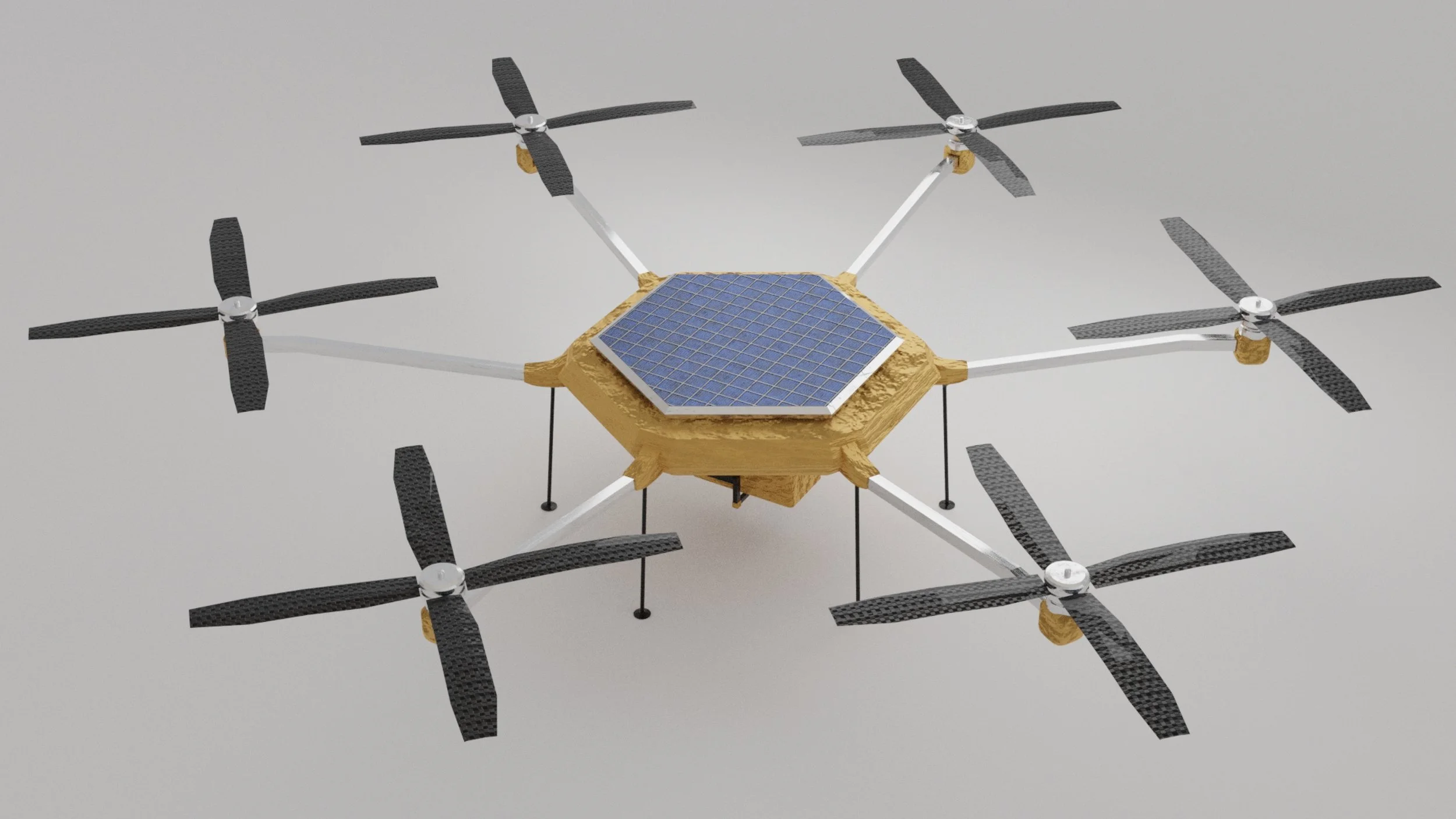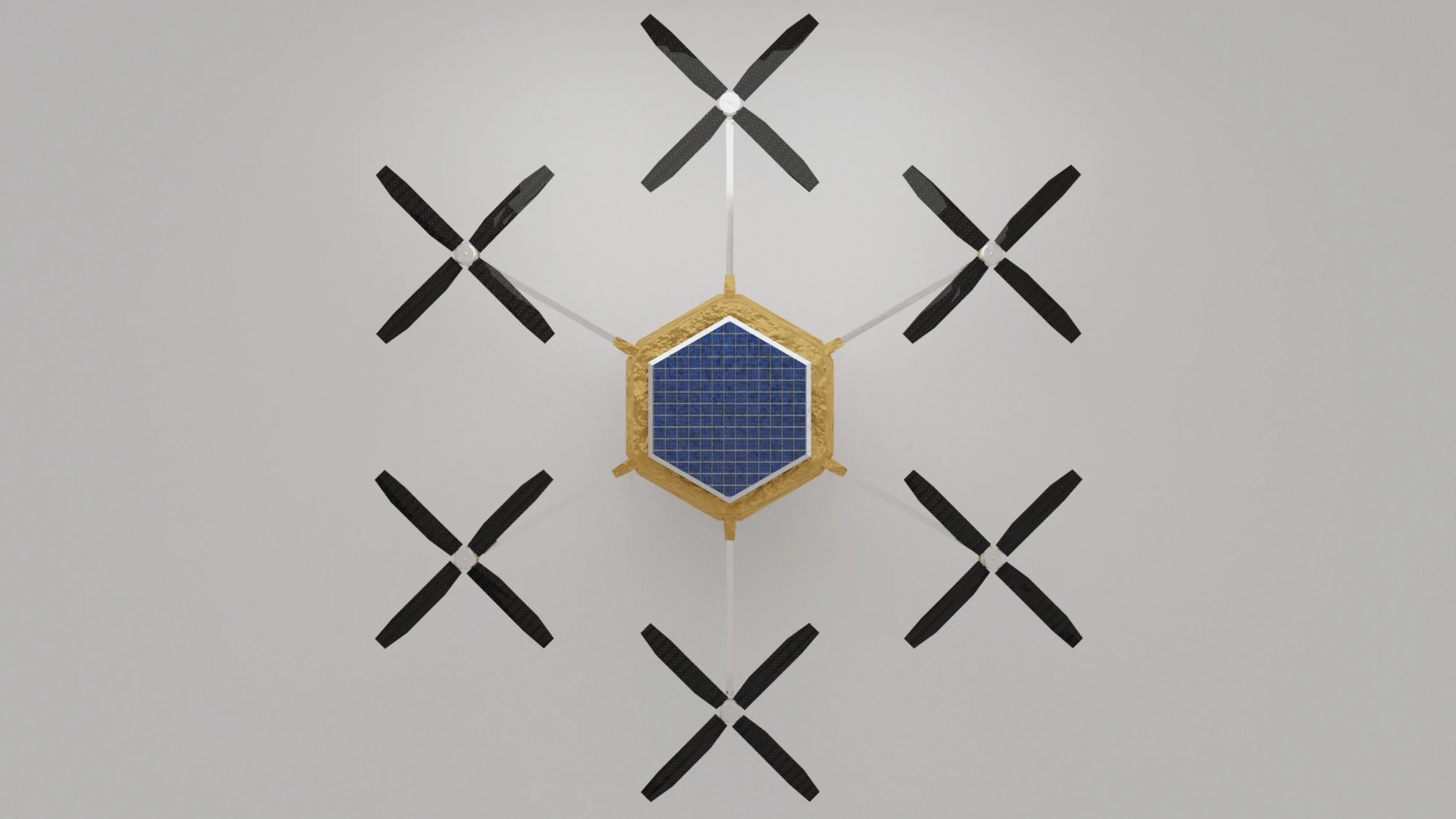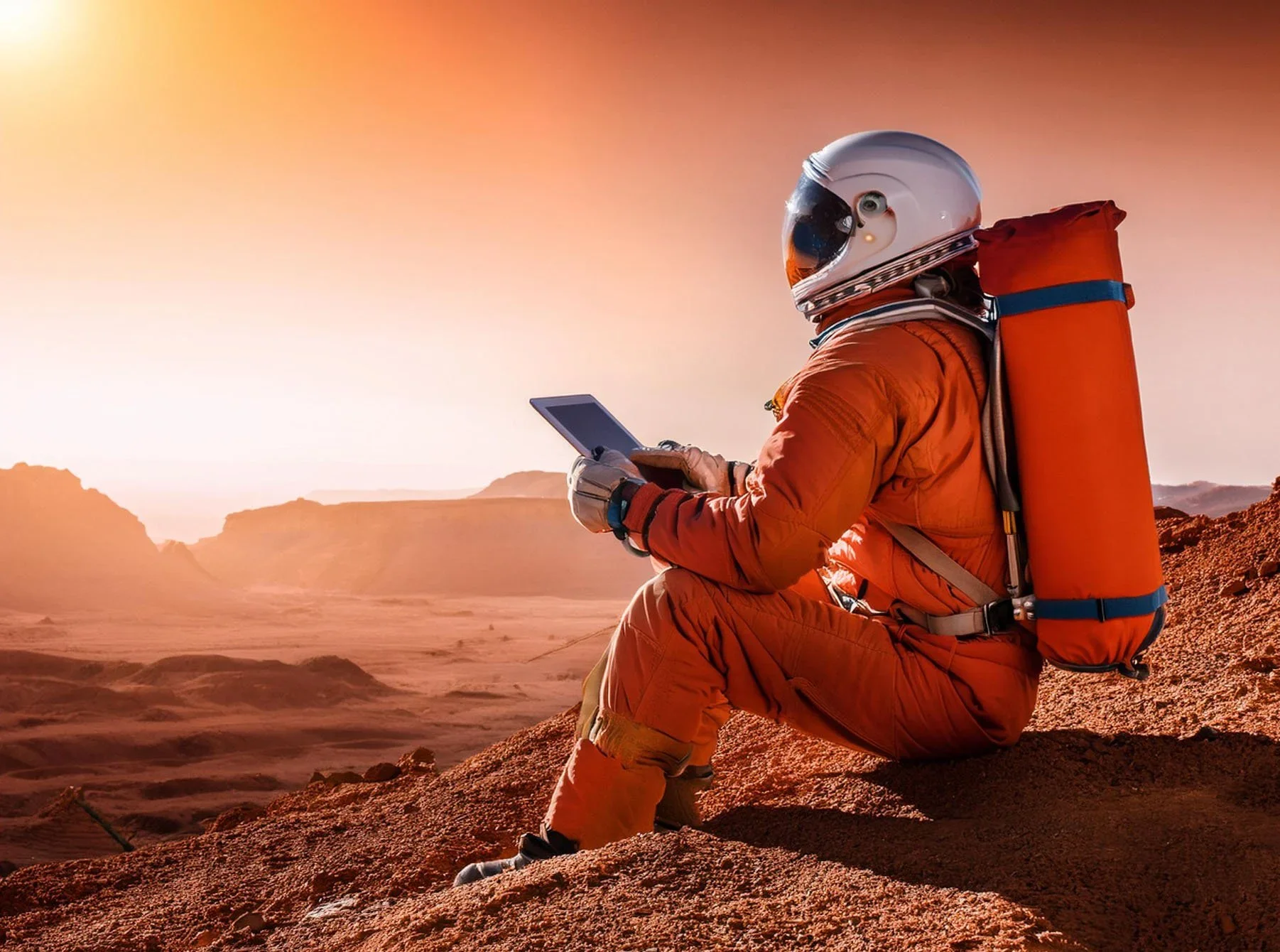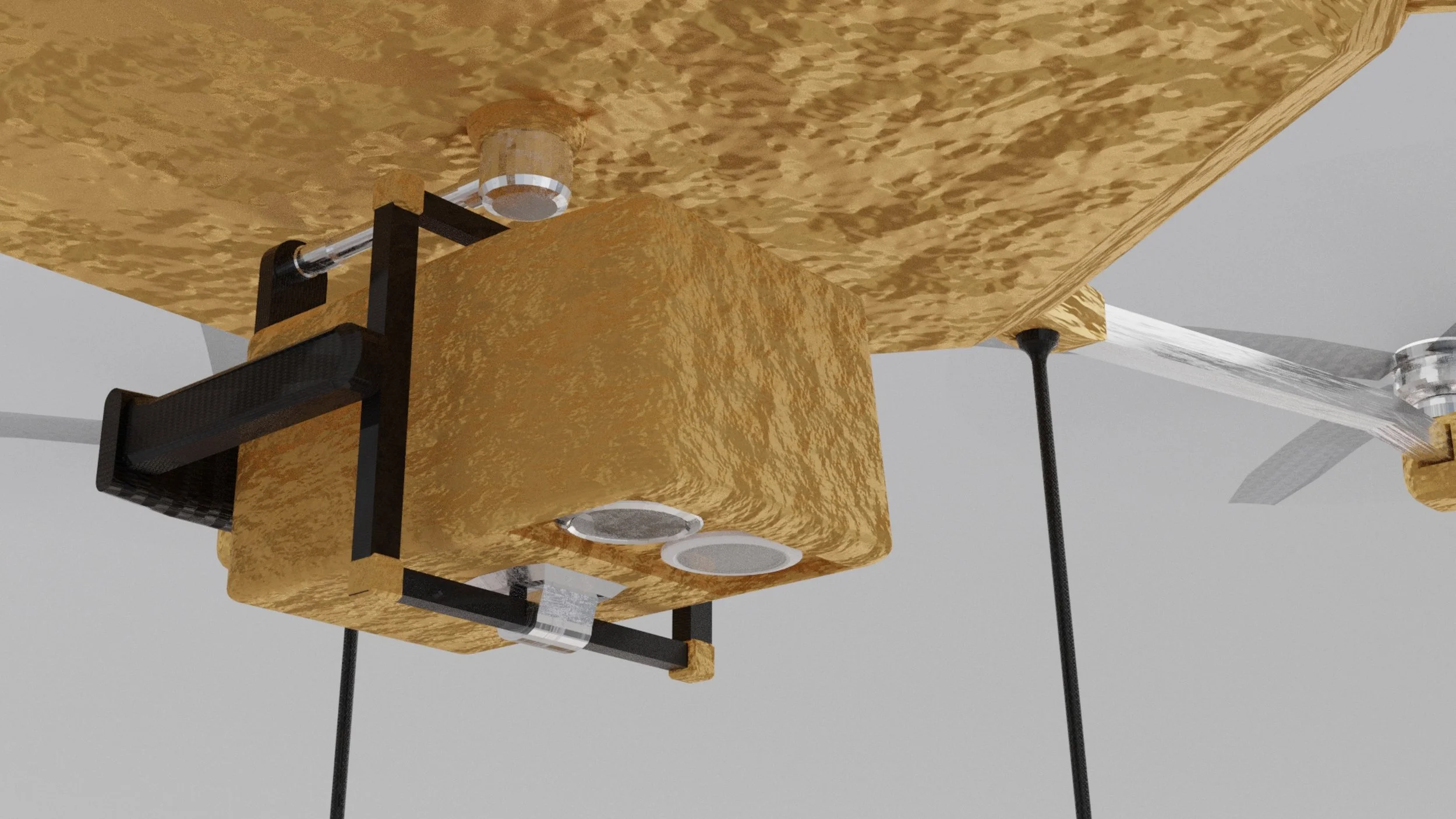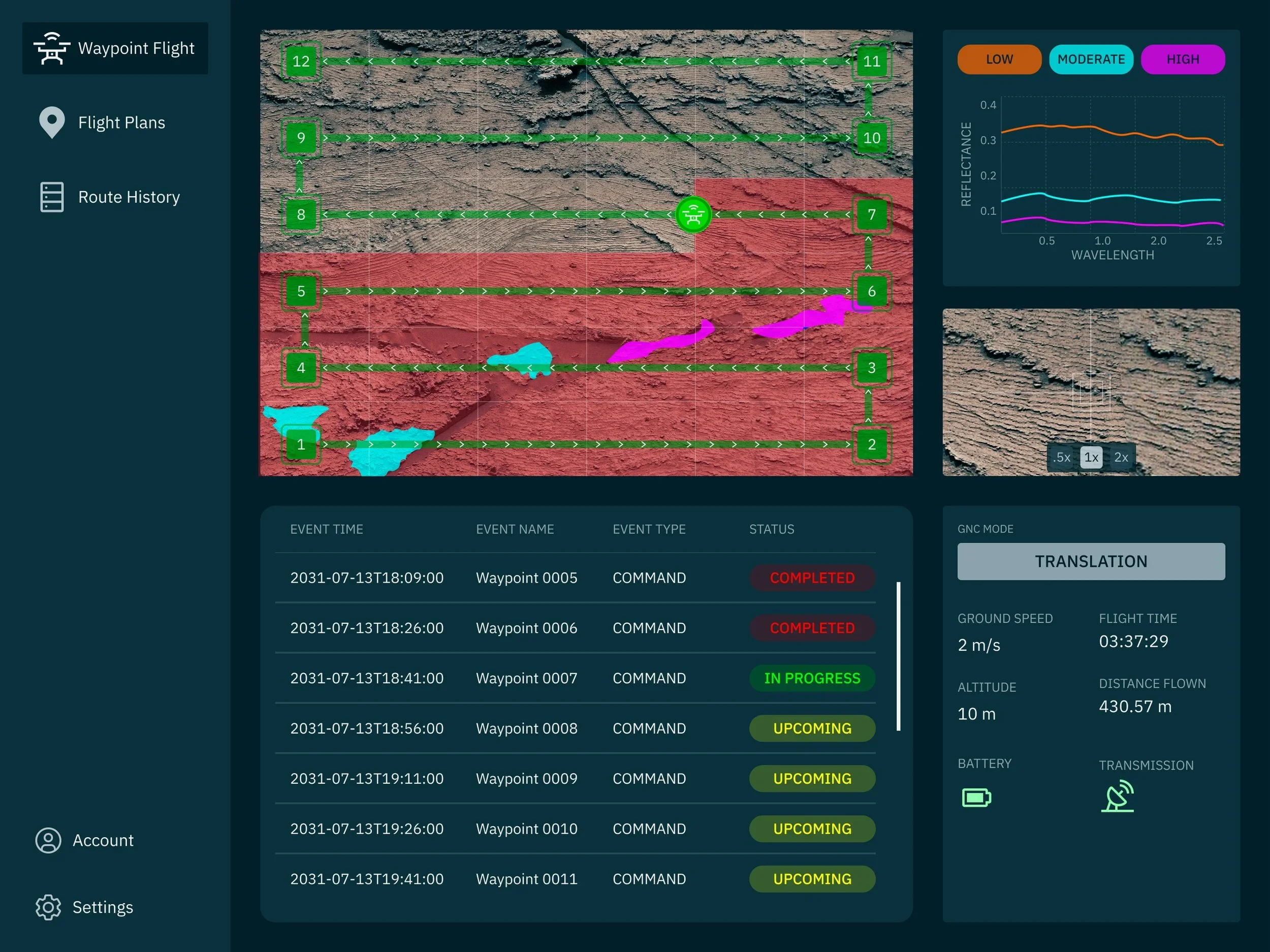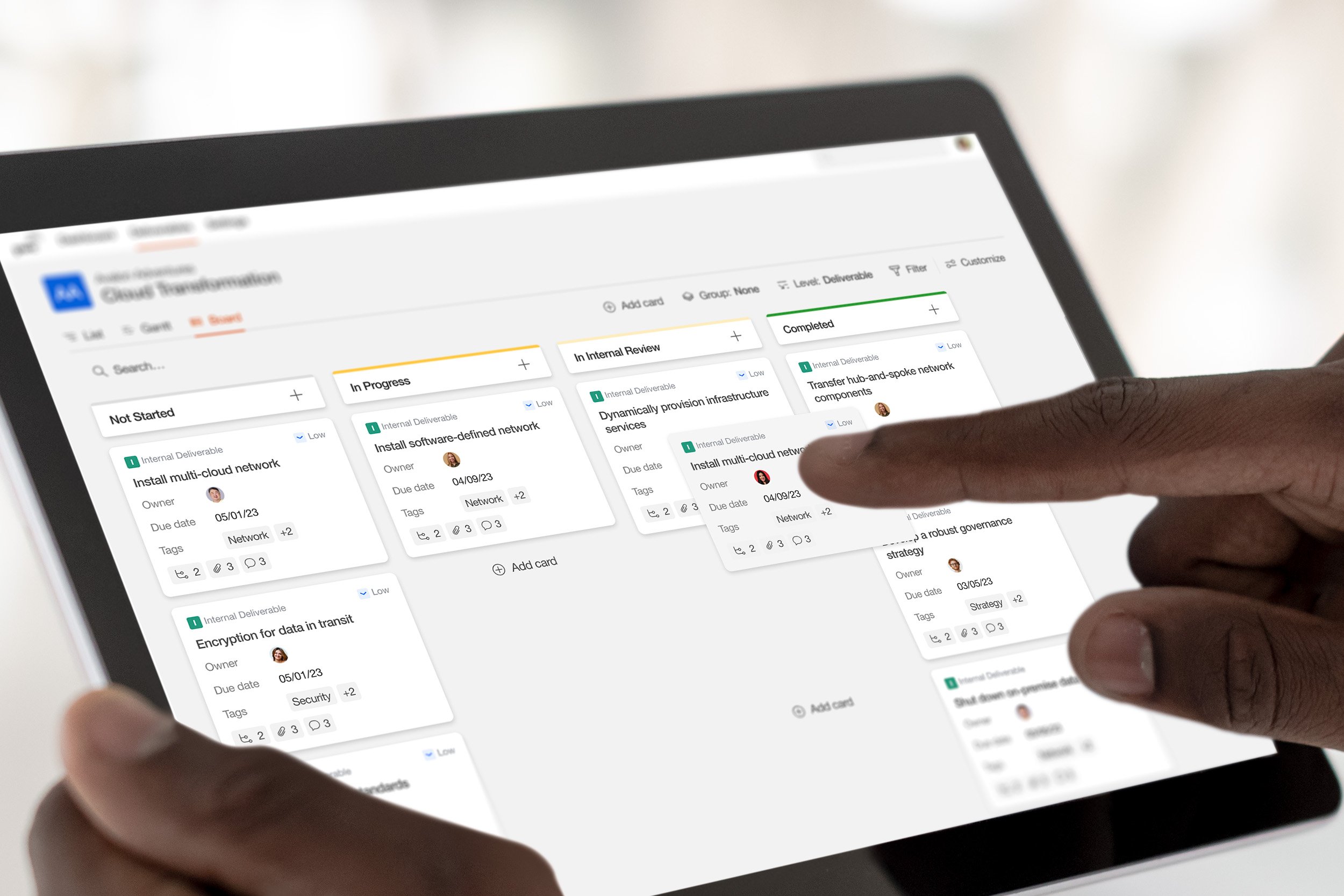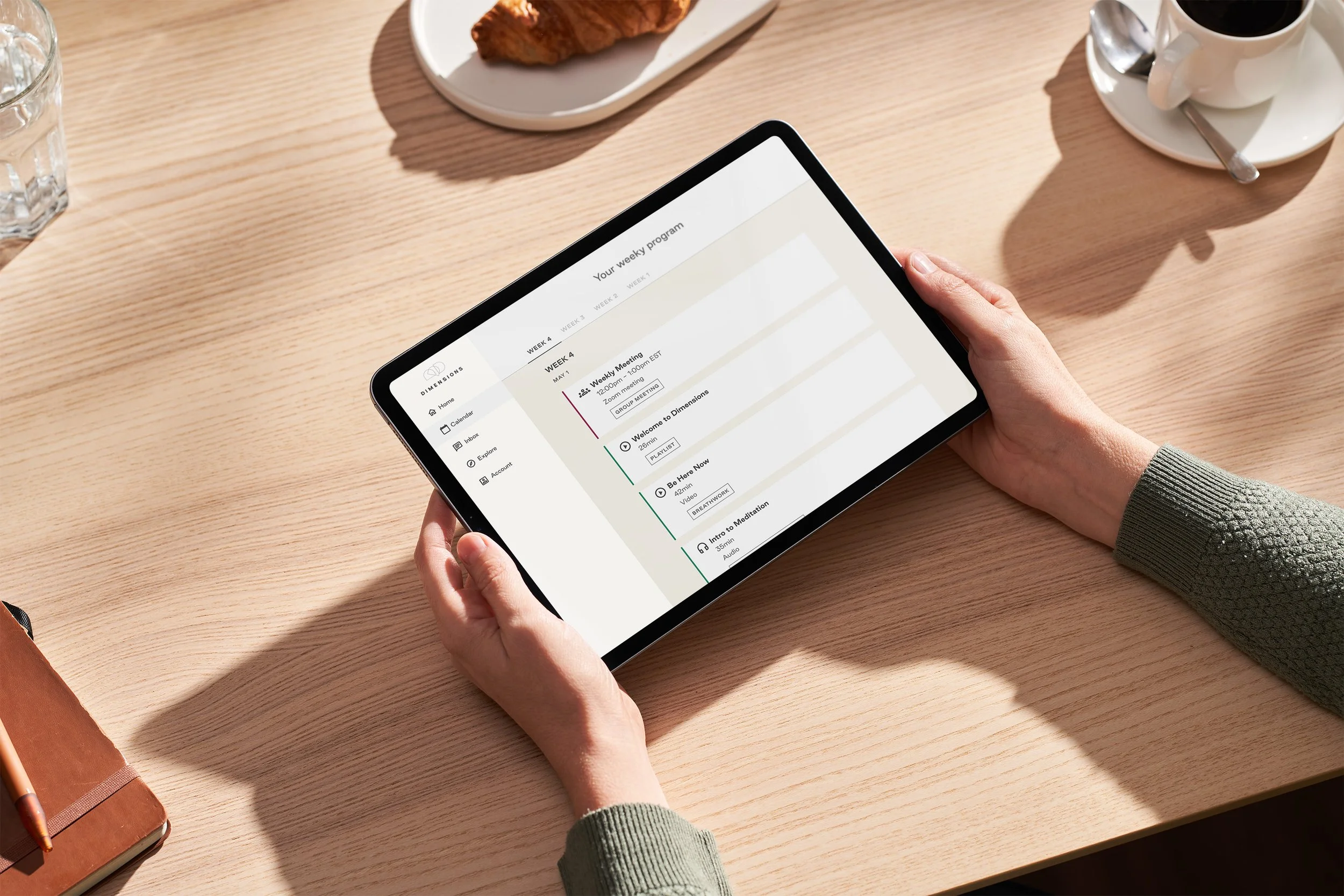2022
NASA Mars Drone Concept
NASA, in partnership with Buendea, developed the XR Operations Support System (XOSS), a multi-user extended reality (XR) simulation platform that helps astronauts prepare to live and work on Mars. In support of this goal and the platform's development, our team developed a robotic aerial drone XR asset that pushes the boundaries of what's possible in Mars exploration.
My Role
Creative leadership, System analysis, 2D design
Team
Myself, 3D artist and modeler
Tools
Adobe Illustrator, Blender, and Unreal Engine 5
Problem Statement
How might astronauts safely and effectively reach and collect scientific data from remote areas on Mars?
Challenge
Achieving flight on Mars is a major hurdle due to its extremely thin atmosphere, which is about 99% less dense than Earth’s. This low density makes it nearly impossible for fixed-wing aircraft, such as traditional gliders, to generate enough lift to take off from the ground. Inspired by the success of NASA’s Ingenuity mission, which proved that Vertical Take-Off and Landing (VTOL) drones can operate on Mars, we chose a rotorcraft design to help scientists carry payloads and collect data from the Martian surface.
Solution
Our team designed a robotic aerial drone, a next-generation hexacopter concept inspired by NASA’s Mars Science Helicopter. This versatile drone is built to support a variety of missions, featuring a 3-axis digital stabilizer gimbal capable of carrying small payloads and scientific instruments to study Mars’s geology, environment, and potential signs of life. While the drone is designed to operate autonomously, astronauts still need to set the mission profile and monitor the flight path. To achieve this, I designed a user-friendly interface that lets them communicate with the drone from the ground.
Results
The successful development of our robotic aerial drone XR asset within the XOSS platform demonstrated how it is possible to collect scientific data far beyond the reach of traditional rovers or astronauts on foot. This capability not only advances Martian exploration but can also help train researchers for future complex scientific scenarios,
Other Projects
